| # | ANIMAL | AGE (YEARS) |
|---|---|---|
| 10 | RED SEA URCHIN | 200 YEARS+ |
| 9 | ROUGHEYE ROCKFISH | 200 YEARS+ |
| 8 | FRESHWATER PEARL MUSSEL | 250 YEARS+ |
| 7 | TUBEWORM | 300 YEARS+ |
| 6 | GREENLAND SHARK | 400 YEARS+ |
| 5 | OCEAN QUAHOG | 500 YEARS + |
| 4 | BLACK CORAL | 4000 YEARS + |
| 3 | ANTARCTIC SPONGE | 5000 - 15000 YEARS + |
| 2 | IMMORTAL JELLYFISH | FOREVER/IMMORTAL |
| 1 | HYDRA | FOREVER/IMMORTAL |
#10. RED SEA URCHIN (200 YEARS+)
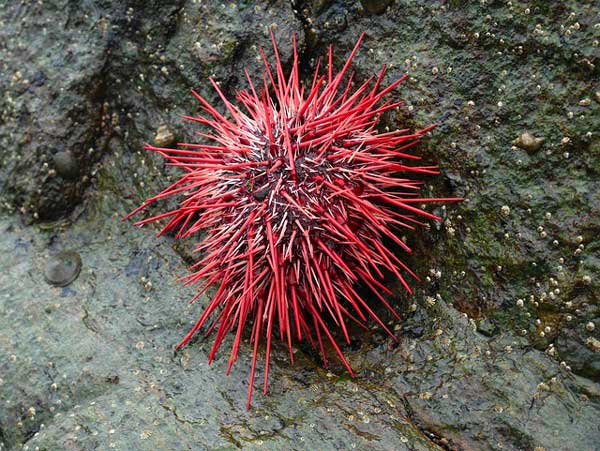
For the 10th spot on our list, we have the Red Sea Urchin, which has an average lifespan of 200+ years. They are native to the northeastern part of The Pacific Ocean and prefer to live in areas of shallow water due to an abundance of food there. They can easily be identified by their brightly coloured spikes, which they can easily regrow back if ever broken.
#9. ROUGHEYE ROCKFISH(200 YEARS+)
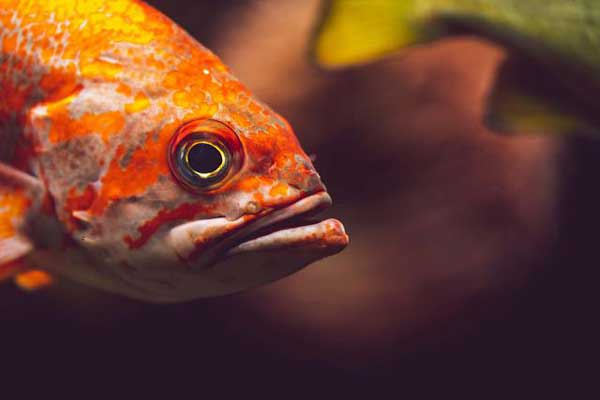
For the 9th spot on our list, we have the Rougheye Rock fish or the Black throat Rock fish which has a lifespan of about 200 years or more. They are usually found along the coasts of Japan all the way to Florida, U.S.A at depths of 490 – 1400 ft, with the bigger ones living in deeper waters. Generally, they are solitary creatures but sometimes can form a group or school with other rockfish. They feed mainly on shrimps and other fish.
#8. FRESHWATER PEARL MUSSEL(250 YEARS+).
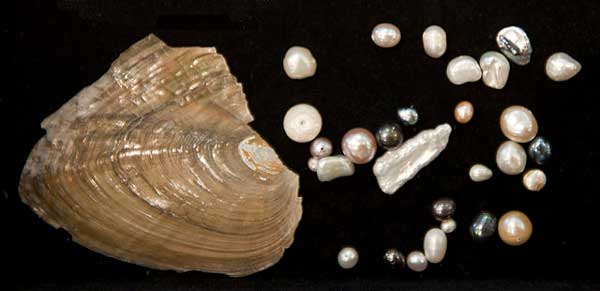
For the 8th spot on our list we have the freshwater pearl mussel which has a life span of 250 years or more. They are usually found in clean flowing mineral rich rivers, streams and lakes across the world. They are capable are making extremely fine and smooth pearls which made them highly sought after. Due to the introduction of invasive species and human activities, the number of fresh-water mussel has drastically been reduced or gone totally extinct in places they were once plentiful. Recently there have been efforts set up by different organisations to improve the habitats of these creatures to safeguard their future.
#7. TUBEWORM (300 YEARS+).

For the 7th spot on our list we have the Tubeworm, also known as the Giant tubeworm, which has an average lifespan of 300 years or more. They can be found at the ocean beds of the Pacific ocean close to hydrothermal vents, which provide suitable environmental temperatures for them. They also can grow to lengths of up to 9 feet. One of the factors which contribute to their long life is having no natural predators due to their habitat being so deep in the ocean.
#6. GREENLAND SHARK(400 YEARS+).
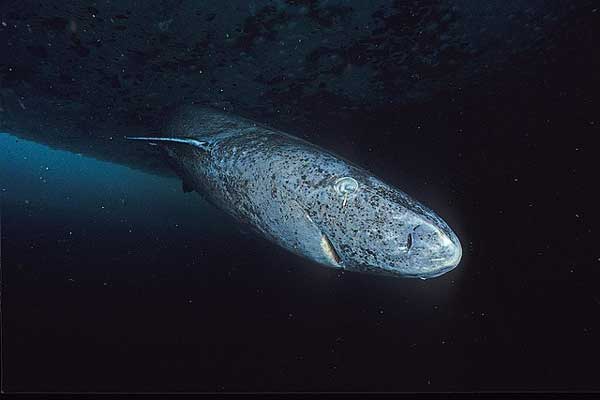
For the 6th spot on our list we have the Greenland Shark, also known as the Grey Shark, which has a life expectancy of 400years or more. They are known to have the longest lifespan of all vertebrae species. They are found in the Arctic and North Atlantic Ocean.
Greenland sharks can grow up to 21 feet long, with the males being smaller than the females. Due to their slow speeds, they tend to hunt their prey when they are asleep and swallow them whole. They feed mainly on fish, squids, eels and even smaller sharks. Unlike most sharks species, they give birth to their babies live usually after carrying them for 8-18 years. Due to the highly toxic nature of their meat it is highly advised not to eat their meat before treatment as it produces the same effects of EXTREME DRUNKENESS lol.
#5. OCEAN QUAHOG(500 YEARS +).
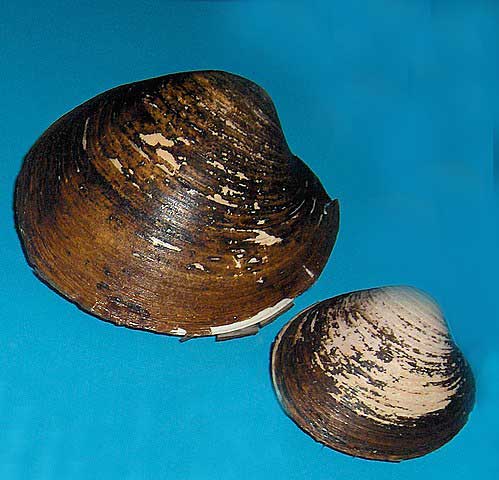
For the 5th spot on our list we have the Ocean Quahog also known as the Mahogany or Black clam, which has a life expectancy of 500 or more years. They are found in the North Atlantic Ocean. The aging process or growth rate of these clams is vastly reduced to their cold environment but also speed up during the summer periods. They are filter feeders thus they extract most of their food from the immediate environment in which they live.
#4. BLACK CORAL (4000 YEARS +).
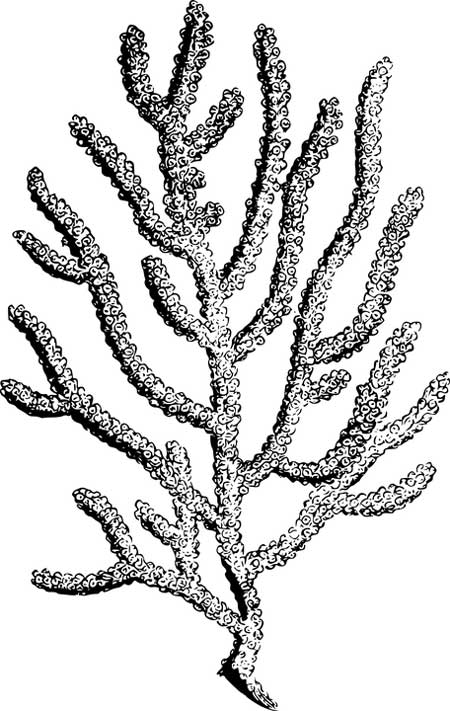
For the 4th spot on our list, we have Black Coral also known as the Thorn Coral which has a life span of 4000 or more years. They are usually found 160 feet below continental slopes. They are carnivorous animals who feed mainly on zooplankton. Also, due to not having any natural predators in their environment, this contributes greatly to their long life.
#3.ANTARCTIC SPONGE (5000 – 15000 YEARS +)
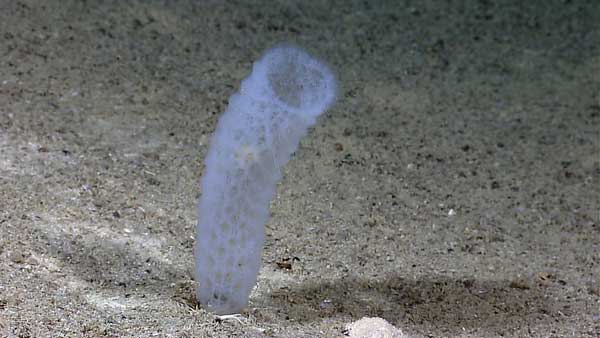
For the 3rd spot on our list we have the Antarctic Sponge which a lifespan of between 5000 – 15000 years. They are usually found in the chilly waters of the Antarctic region within depths of about 300 – 6000 feet below surface level. Due to the extreme cold nature of their environment, the growth rate of these specimens is increadibly slowed down, thus contributing to the extreme lifespan of this creature.
#2. IMMORTAL JELLYFISH(FOREVER/IMMORTAL).
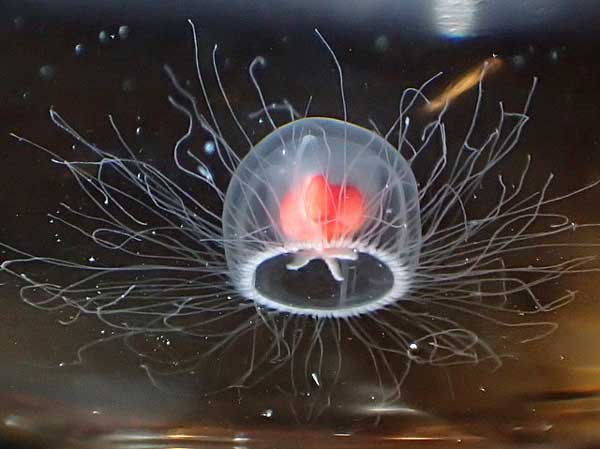
For the 2nd spot our list, we have the Immortal Jellyfish which has a lifespan of basically forever. They are found in temperate to tropic waters all over the world. They feed on zooplankton and small fish eggs.
Like other jellyfish, the Immortal Jellyfish first begins its life as a larva before then growing into polyps and then maturing as Jellyfish. But the special thing about these species is that it can revert to its larva, polyps and even mature stage at will if it senses danger or stress. Now with this unique ability, these jellyfish can live many life cycles as they please without ever dying of old age, though they can still die due to being preyed on by other animals such as penguins, sea turtles and other jellyfish as well.
#1. HYDRA(FOREVER/IMMORTAL).
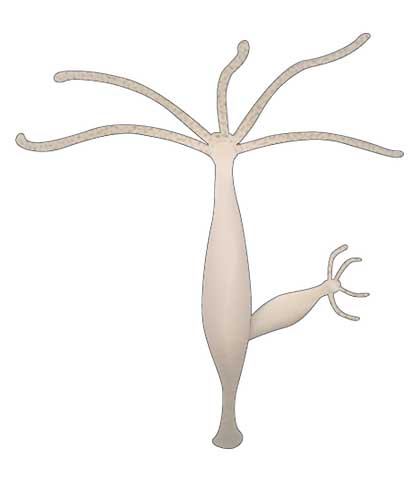
For the 1st spot on our list, we have the Hydra which can also live forever. They are found in the temperate and tropical regions of the globe.
The unique thing about Hydras that contribute to their longevity is that they don’t age when a part is cut off it regenerates into a small hydra with its own body parts without cell division, with this ability Hydras can live forever except when killed or eaten whole. They also reproduce sexually by budding, whereby a new young hydra grows out of an already mature hydra and then breaks away when maturity is fully reached. They feed on other invertebrae in their environment, such as the cyclops.
This brings us to the end of our list of Longest living animals if there’s anyone which you particularly like, seen or wish to be please let us know in the comment section below :).
